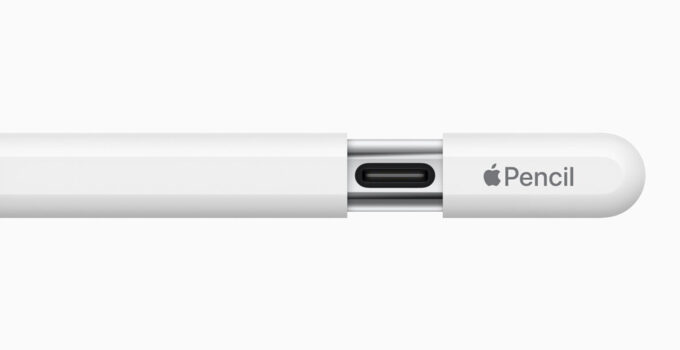Apple Pencil 3: A Leap Towards Intuitive Digital Interactivity. The Apple Pencil is poised for a significant update with the anticipated release of the Apple Pencil 3, rumored to introduce a range of new gesture controls that could redefine how users interact with their iPads. As Apple continues to innovate, the integration of enhanced gestures into the Apple Pencil 3 is a testament to the company’s ongoing commitment to improving user experience and functionality across its device ecosystem.
Health Concerns Surface Among Vision Pro Users
Currently, the Apple Pencil 2 offers a gesture feature whereby users can double-tap the body of the pencil to switch between tools, such as toggling between a pen and an eraser. This functionality has been well-received for its convenience and ease of use, making the digital pencil a more versatile tool for drawing, note-taking, and navigating within apps.
However, the latest rumors suggest that the upcoming Apple Pencil 3 will go beyond this simple gesture. According to sources, the developer beta of iPadOS 17.5, which already hinted at OLED displays for new iPad models, includes references to new gesture controls designed specifically for the next-generation Apple Pencil. These enhancements are likely to include more sophisticated interactions such as long presses and possibly a series of finger movements that can trigger multiple actions.
The potential for these new gestures to control various functions without directly touching the iPad’s screen could significantly enhance productivity and creativity. Users might be able to switch tools, activate specific features, or even customize gestures to fit their workflow seamlessly.
Apple’s dedication to refining touch and gesture technology is evident from its history with multi-touch interfaces on the iPhone, iPad, and iPod Touch, as well as intuitive gestures on the Magic Trackpad and Magic Mouse for Mac. Each iteration of Apple’s technology builds on the last, aiming to offer more fluid and natural interactions for users.
The introduction of the hover function in previous Apple Pencil iterations was a significant leap forward, allowing users to see the effects of the pencil above the screen before making contact. This feature enhanced precision in graphic design and photo editing applications, demonstrating Apple’s focus on catering to professional needs.
With the Apple Pencil 3, the expansion of gesture capabilities could further streamline the creative process, allowing for quicker tool changes and access to a broader range of functions. This could be particularly beneficial for professionals in creative industries, including graphic designers, architects, and digital artists, who require efficiency and precision in their tools.
Moreover, the integration of new gestures could mirror the functionality of a traditional four-color pen, where a single tool offers multiple options at the flick of a finger. This analogy underscores the potential of the Apple Pencil 3 to serve as a multi-functional tool that adapts to various needs and preferences, enhancing the user’s ability to perform multiple tasks with a single accessory.
As we await further announcements, the excitement around the Apple Pencil 3 suggests that Apple is set to offer a more dynamic and customizable tool that could revolutionize how users interact with their devices. The implications for productivity, creativity, and user engagement are significant, promising a new era of digital interaction that blends intuitive physical gestures with advanced technology.
In our view, the evolution of the Apple Pencil reflects Apple’s broader strategy to integrate more intuitive physical interactions across its device ecosystem. By enhancing the Apple Pencil with more capable gesture controls, Apple is not only advancing the functionality of the Apple Pencil itself but also reinforcing its commitment to seamless, user-friendly technology. This direction not only enhances the appeal of the Apple ecosystem but also sets new standards for what users can expect from their digital tools in terms of versatility and efficiency.
